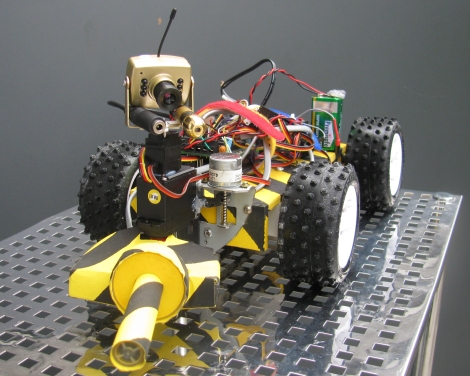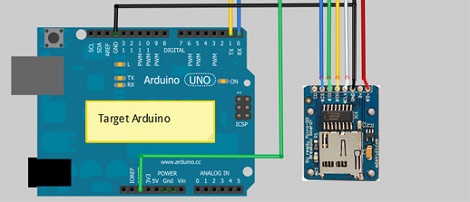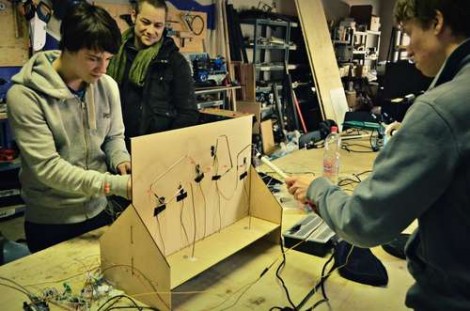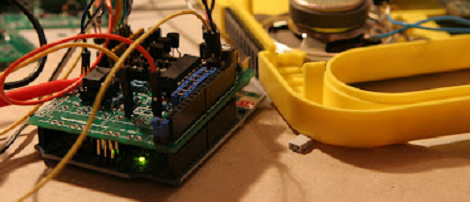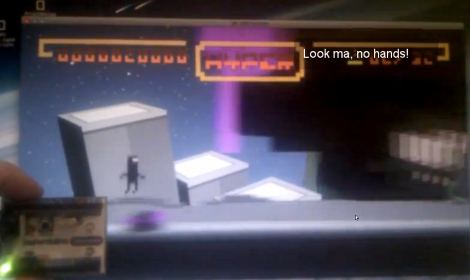
[Lars] shows you how to get a perfect score on the first four levels of BIT.TRIP RUNNER by using an Arduino to time and send button presses. This is a pretty simple game that uses a couple of buttons to jump or slide past obstacles. The constant speed of the character makes it quite easy to time these movements without any input from the game. This means that the pixel sampling which some web-game bots use isn’t really necessary here. Just work out the timing and hard-code it into the sketch. As you’ll see after the break, it works perfectly
The real value of this hack is the guide he wrote to send key presses from the Arduino hardware. It’s not hard at all, but there are several steps and this will get you up and running in no time. Where might you go from here? It wouldn’t take much to turn this into a keyboard prank that misspells all your words.
Continue reading “Winning Video Games By Letting Arduino Push Your Buttons”

